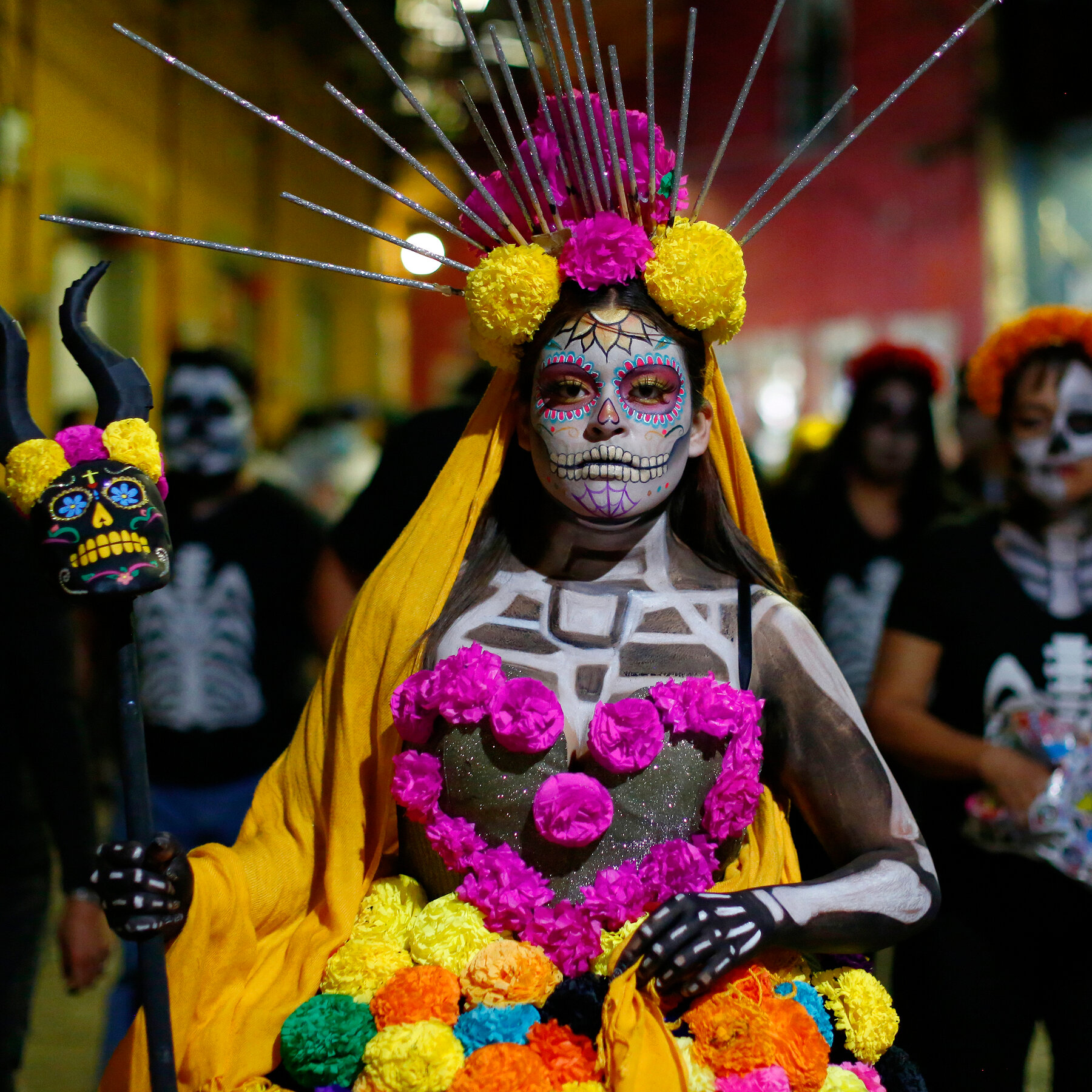Avenida del Fuego, Cerrada Cielo
77714
Playa del Carmen - Quintana Roo
México

Throughout history, communities around the world have celebrated their loved ones who have passed on. In many Western countries, these celebrations tend to be at the end of October or the first days of November. The celebrations for Día de los Muertos or Day of the Dead that we see all around us in Southern California around this time are generally derived from traditional festivities that take place in many parts of Mexico and Central America, as well as other parts of Latin America. Día de los Muertos is becoming increasingly popular in the United States, especially in areas with large Mexican immigrant populations or populations of Mexican descent. There are some people who think that Día de los Muertos is the Mexican Halloween, but that is not the case.
Día de los Muertos is an example of cultural syncretism that emerged from the Spanish colonization of what is now Mexico and Central America. The celebration’s roots are found in the pre-Hispanic cultures of the American continent which had a very different idea of death than that usually found in Western culture. For them, death wasn’t so much the end of life as the beginning of a journey to an underworld called Mictlán, commonly translated as the city of the dead or the region of the dead. They also commonly had festivities dedicated to remembering and honoring their loved ones that had passed on.
In the sixteenth century, the European conquistadores brought Christianity and with it the All Saints’ Day and All Souls’ Day celebrations that are traditionally observed the first days of November. Thus, similarly to other aspects of the culture, such as gastronomy and art, the differing traditions were mixed until they resulted in something altogether new but with indigenous and European roots.
Today Día de los Muertos is commonly celebrated starting in late October through the first days of November, depending on the specific region. One very important aspect of these celebrations is the altar de muertos. The altar typically has various steps or levels and includes photographs of the dead along with cempazuchitl flowers (marigolds) to help guide the souls returning for the offerings. Also included are papel picado (thin colorful paper cut with festive designs), sugar skulls, salt and incense as symbols of purification, a glass of water and candles to represent the elements water and fire, and along with the photographs of loved ones also samples of food and drink that they enjoyed in life. Altars are assembled in family homes, public places and also in cemeteries.
Nowadays, especially in Southern California, it is very easy to find commercialized symbols relating to the holiday, such as sugar skulls, on bags, wallets, t-shirts, cookies, tattoos and many other items. However, the purpose of the festivities continues to be to remember and honor loved ones who are no longer with us. Also, perhaps, it gives us the opportunity to reflect upon the transitory nature of life and thus enjoy it just a little bit more.
Comments